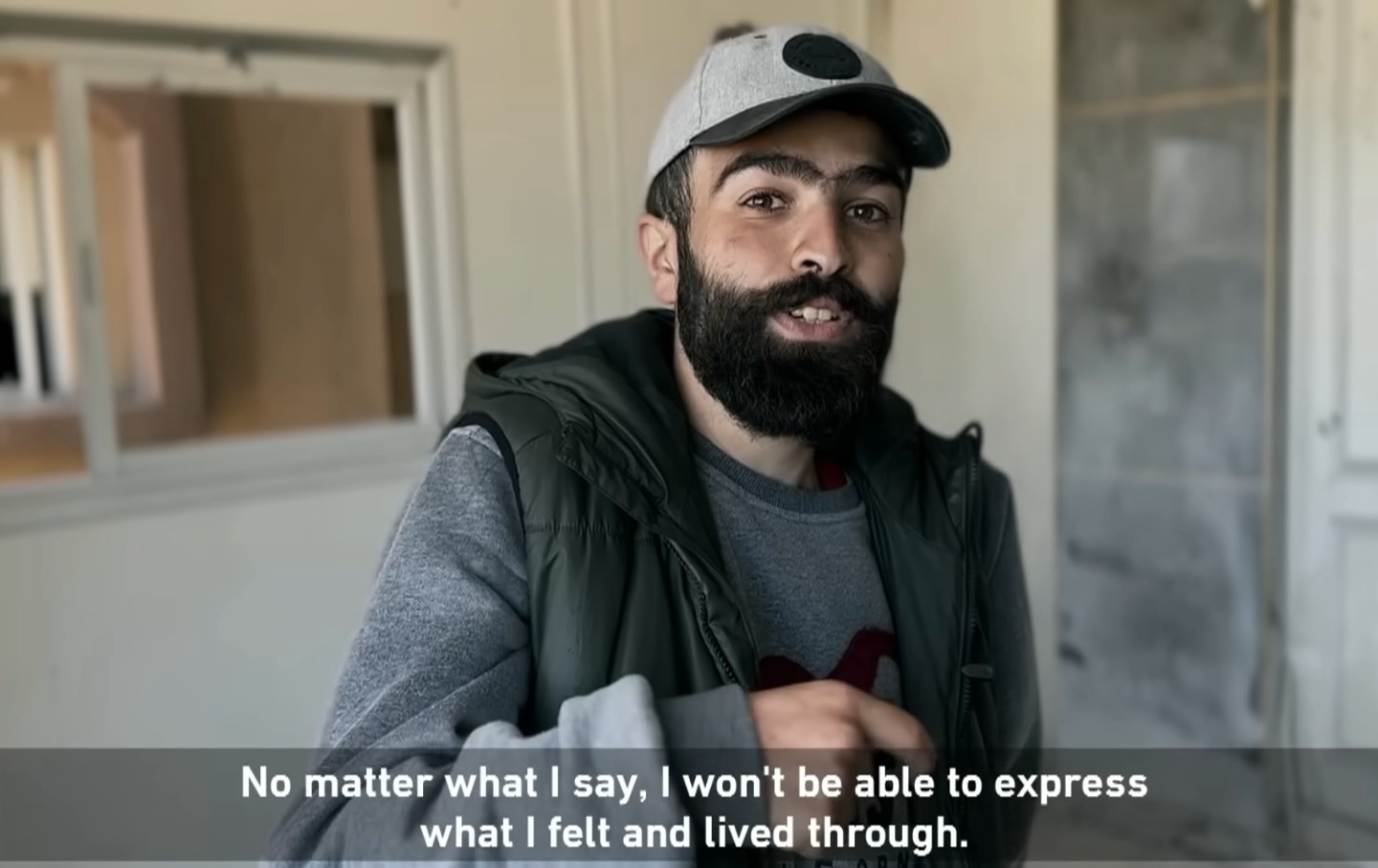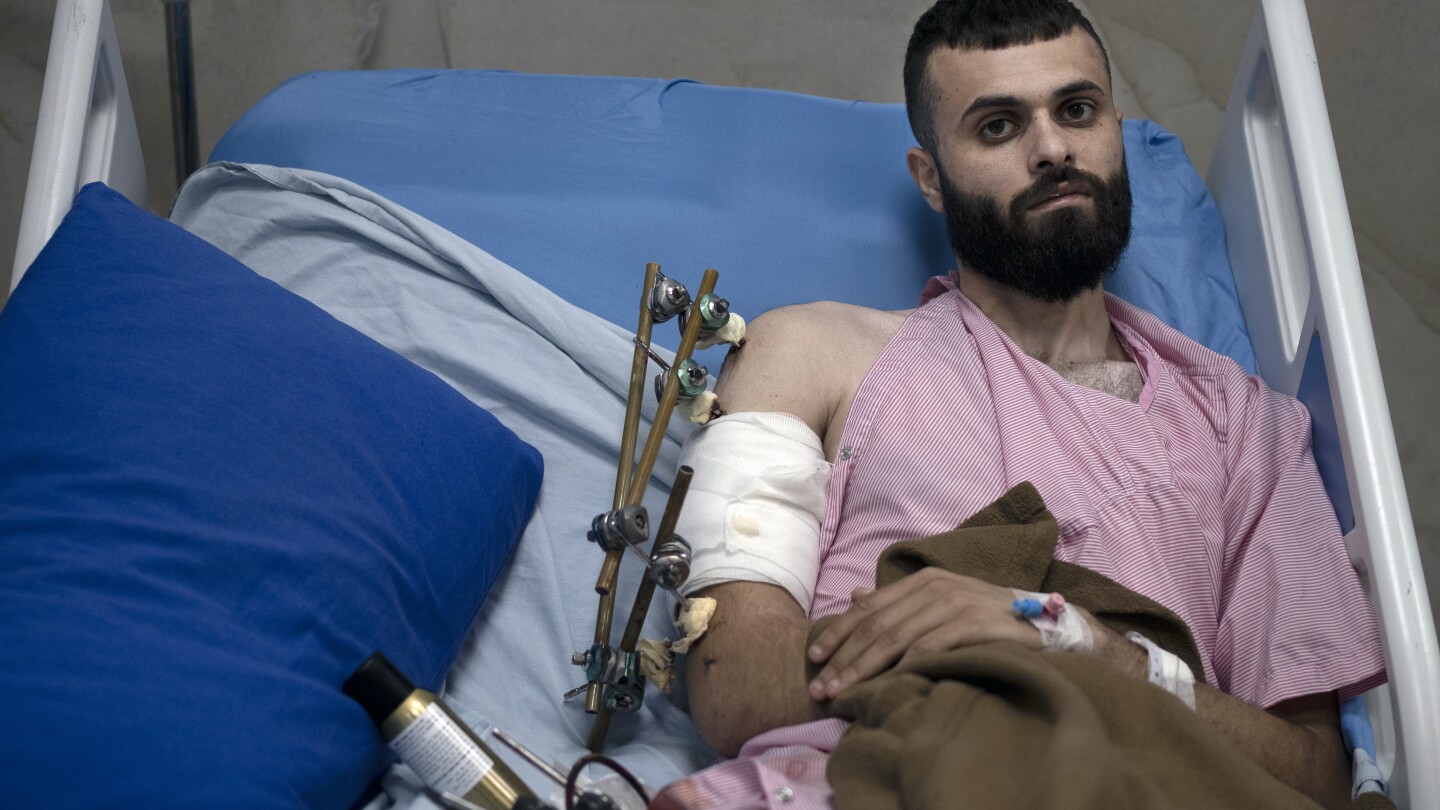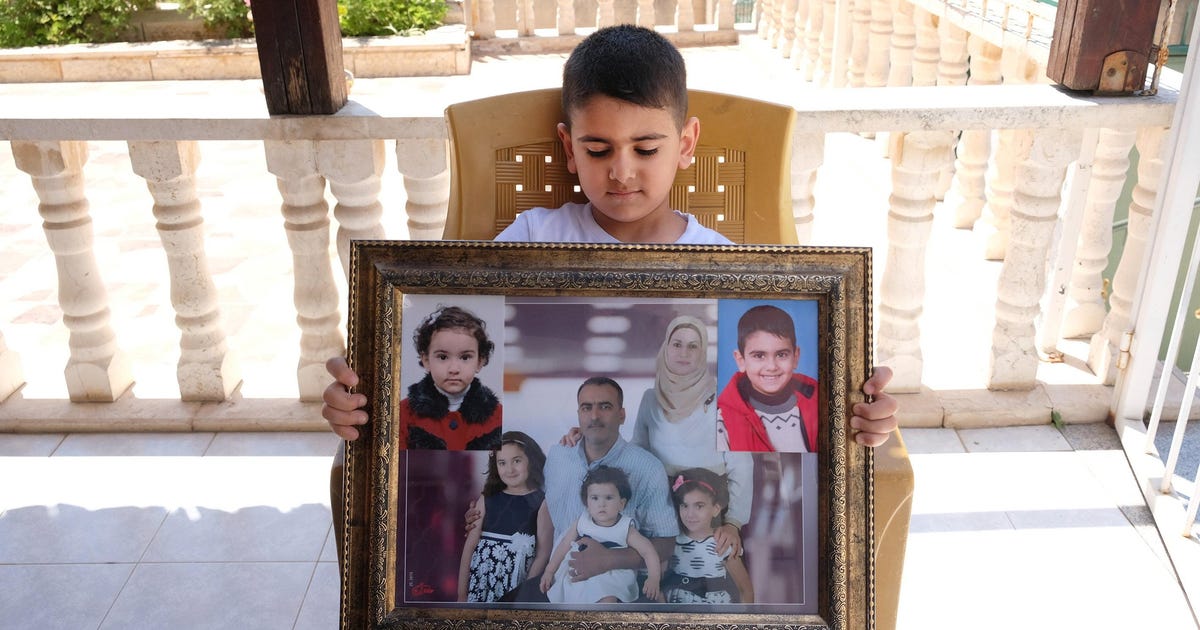Silverseren
- 4 Posts
- 2 Comments
Joined 25 days ago
Cake day: June 7th, 2024
You are not logged in. If you use a Fediverse account that is able to follow users, you can follow this user.

 264·17 days ago
264·17 days agoThey’re claiming it’s because of weather again, but it feels more likely that they’re trying to remove evidence and discussion of the pier being used by the IDF as a staging point for the recent massacre of Palestinians.



"Earshot found that with the minimum registered interval of 24 milliseconds, this tank would have to have been positioned just 13 metres away from the car. With the maximum interval of 40 milliseconds, the tank would have still been only 23 metres away from the car. This analysis suggests that the tank had to be positioned within close range (13–23 metres) of the car when it fired the shots that killed Layan. At such proximity, it is not plausible that the shooter could not have seen that the car was occupied by civilians, including children.
Earshot’s audio ballistic analysis supports the final words of Layan Hamada: the gunfire came from a tank that was next to them."
"Comparing the exit hole and varying levels of destruction helps reconstruct the cone of impact from the explosion, and in turn, reveals the direction from which the ambulance was shot (Figure 13). This direction is consistent with the location of Israeli tanks visible in satellite imagery from between 29 January and 8 February.
Our assessment of the position of the tanks at the time of the attack, together with the direction of the shot, suggests that the ambulance was likely hit by ammunition from an Israeli tank."